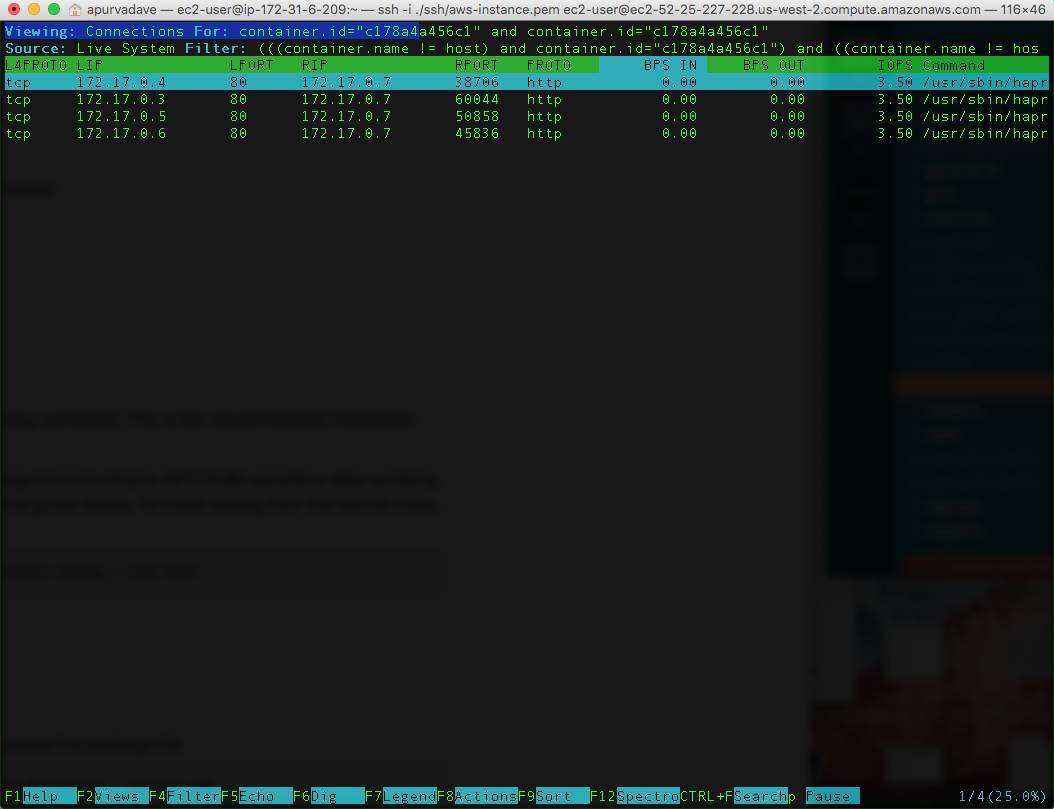Understanding How FAFSA Accepts Loans: A Comprehensive Guide for Students
#### FAFSA Accept LoansThe Free Application for Federal Student Aid (FAFSA) is a crucial step for students seeking financial assistance for their higher edu……
#### FAFSA Accept Loans
The Free Application for Federal Student Aid (FAFSA) is a crucial step for students seeking financial assistance for their higher education. One of the primary functions of FAFSA is to determine eligibility for federal student loans. Understanding how FAFSA accepts loans can significantly impact your ability to finance your education.
When you fill out the FAFSA, you provide essential information about your financial situation, including your family's income, assets, and the number of family members attending college. This information is used to calculate your Expected Family Contribution (EFC), which helps determine your eligibility for federal loans, grants, and work-study programs.
#### Types of Loans Available Through FAFSA
FAFSA primarily facilitates access to two types of federal loans: Direct Subsidized Loans and Direct Unsubsidized Loans.
1. **Direct Subsidized Loans**: These loans are available to undergraduate students who demonstrate financial need. The government pays the interest on these loans while you are in school at least half-time, during the grace period, and during deferment periods.

2. **Direct Unsubsidized Loans**: Unlike subsidized loans, unsubsidized loans are available to both undergraduate and graduate students regardless of financial need. Interest accrues on these loans while you are in school, and you are responsible for paying the interest even while in school.
#### How to Apply for FAFSA Loans
To apply for federal student loans, you must complete the FAFSA form. Here are the steps to follow:
1. **Gather Required Documents**: Before starting your FAFSA, gather necessary documents such as your Social Security number, tax returns, and information about your assets.
2. **Complete the FAFSA**: Visit the official FAFSA website and fill out the application. Be sure to include all required information accurately.

3. **Review Your Student Aid Report (SAR)**: After submitting your FAFSA, you will receive a SAR summarizing your information. Review it carefully for any errors.
4. **Receive Your Financial Aid Offer**: Once your FAFSA is processed, your school will send you a financial aid offer detailing the types and amounts of aid you are eligible for, including loans.
#### Understanding Loan Limits and Repayment
FAFSA sets specific loan limits based on your year in school and dependency status. For instance, dependent undergraduate students can borrow up to $5,500 to $7,500 per year in Direct Subsidized and Unsubsidized Loans, while graduate students can borrow up to $20,500 annually.
Repayment of federal student loans typically begins six months after graduation, withdrawal, or dropping below half-time enrollment. It’s crucial to understand your repayment options, which may include income-driven repayment plans, deferment, or forbearance.

#### Conclusion
In summary, understanding how FAFSA accepts loans is essential for students seeking financial aid for their education. By completing the FAFSA, you open the door to federal loans that can help you achieve your academic goals. Be sure to stay informed about the types of loans available, the application process, and your repayment options to make the most of your financial aid package.
With careful planning and understanding of the financial aid landscape, you can navigate the complexities of student loans and set yourself up for a successful educational experience.